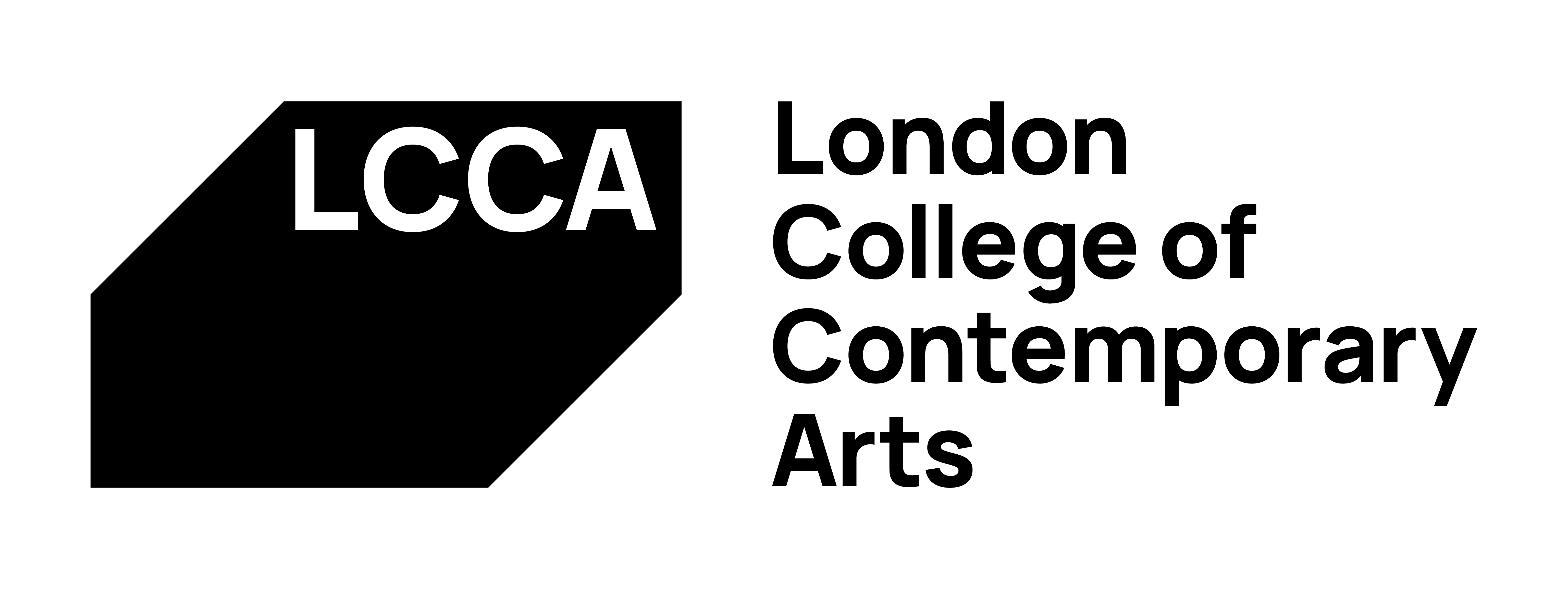In a time where diversity, equality, and inclusion (DEI) has become a focus area for big corporations across different industries, the fashion world is struggling to catch up.
Historically, the fashion world hasn’t led the best example in terms of diversity and inclusion. It was quite common to see only a specific type of body shape and skin colour being featured on runways and in fashion magazines.
The situation’s slowly improving, but there’s still a lot to do in terms of inclusive fashion.
The fashion world needs to ramp up its focus on diversity and inclusion to broaden its perspectives and increase the size of its talent pool.
Let’s do a deep dive into the state of inclusivity in fashion and whether we have reason enough to be hopeful in 2022.
How has the fashion world fared on inclusivity till now?
Despite regular calls for inclusion and growing awareness about DEI trends, the fashion world has had its fair share of slip-ups.
For instance, Gucci featured a black turtleneck with a bold red opening for the mouth among its designs in 2018. While the brand claimed that the piece was inspired by a vintage ski mask, it horrifyingly resembled the racist practice of blackface.
To give credit where it’s due, the fashion industry has been making gradual progress, but there is still a long way to go.
According to a research study by McKinsey, every two in three African-origin employees reported having faced increased pressure to perform because they were the only minority in their group.
The study also disturbingly reported that employees of colour were still being judged using higher standards compared to other employees.
What is fashion inclusivity in 2022?
Before you make a fashion brand inclusive, you need to understand the concept of fashion inclusivity first.
Simply put, inclusive fashion includes clothes that are for everyone irrespective of their body shape, size, ethnicity and gender. Genuine fashion inclusion involves creating aesthetically pleasing clothes that allow everyone to feel seen and heard, including those with disabilities.
Fashion inclusivity isn’t restricted to just garment designs in 2022. It also includes ensuring people of all races and those with special abilities get a seat at the table and are valued for their contributions.
Important considerations for becoming an inclusive fashion brand
With so many body sizes, races, and groups of people to consider, it can be tougher than it seems to create a truly inclusive fashion brand.
Here are some important questions to consider while working on inclusivity and diversity for a fashion brand.
- Is there enough diversity in the company’s C-suite and senior management
- Is the senior management doing enough to be an ethical and sustainable brand?
- Does the brand’s recruitment process encourage diverse hires and applicants?
- Is the company culture based on the celebration of differences among the employees? Or does the brand try to mold its employees into a series of pre-decided checkboxes?
How can a fashion brand be more inclusive in 2022?
While incorporating inclusivity in a fashion brand can seem like a lot of effort, it is worth it. Customers are increasingly flocking toward brands that value diversity and inclusion.
Building an inclusive brand can improve your reputation as a socially responsible company that puts in effort for its customers. This can boost your sales and make your marketing much easier.
However, the question remains—how do you bring about inclusivity in a fashion brand? Here are some useful suggestions.
- Be thorough with your cultural intelligence research
- Understand the reality of your audience and feature them in your marketing communications
- Plan and prepare for inclusive designs before launching them
- Evaluate if you have the kind of financial resources you need for inclusive designs
- Collaborate with other inclusive brands to bolster your reputation
Examples of successfully inclusive fashion brands in the UK
Apart from following the above-mentioned strategies, another way is to follow in the footsteps of existing brands that are acing the inclusivity game. Here are some of the most inclusive fashion brands in the UK that are leading the way with DEI.
- The Crumb Agency, a modelling agency that gives opportunities to models from the LGBTQIA community irrespective of their body shapes and sizes.
- Zebedee Management, a fashion talent organisation that champions diversity by including trans/non-binary models and those with disabilities.
- Ellie Goldstein, a successful British model with Down Syndrome and the first disabled model to partner with Gucci.
- Teen Vogue, a popular fashion magazine that often features models with different disabilities on its front covers.
- The Gentlewoman, another fashion magazine that celebrates diversity in modern women.
How can you contribute to the cause of inclusivity in fashion?
If you are passionate about the fashion industry and want to do your bit to make it more inclusive, you can start with a master’s in fashion management.
A master’s in fashion business will help you get acquainted with all the latest industry trends, including DEI and sustainability. It will also help you learn how to come up with effective business strategies revolving around these trends.
The London College of Contemporary Arts (LCCA) offers a great MA in Fashion Business and Management programme, which can be an ideal fit. The course can help you provide a comprehensive view of the fashion industry within a global context.
Click here to enrol in the fashion business course at LCCA and be the face of inclusive fashion in the future.
